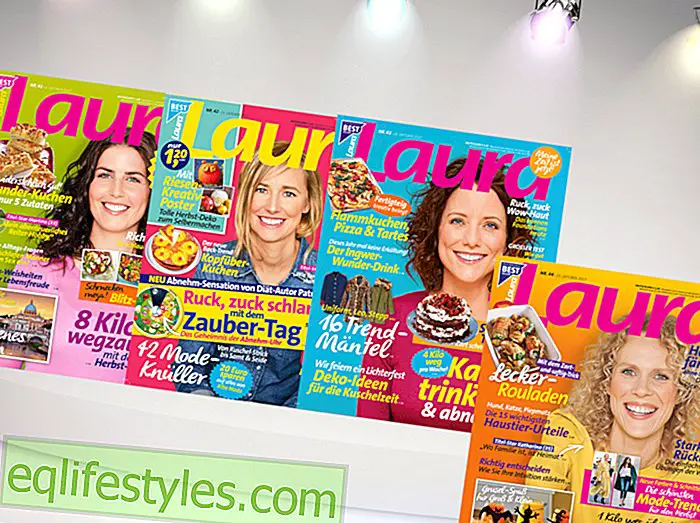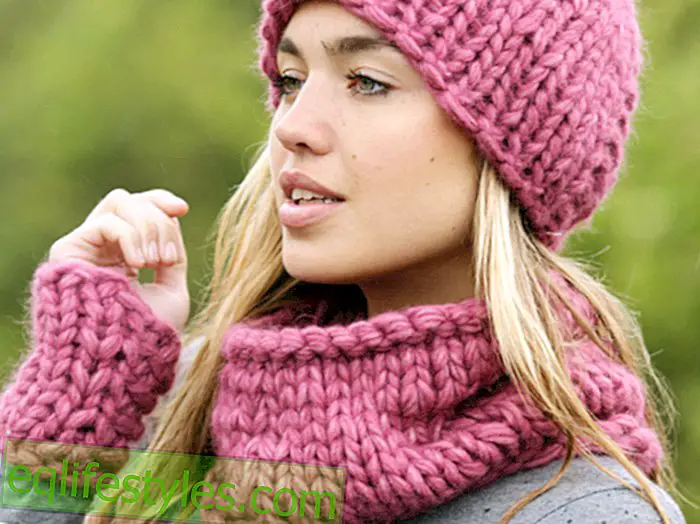
Photo: © Marco2811 - Fotolia.com
- Gently heal
- What is celiac disease?
- What are the causes?
- What exactly happens?
- How is the incompatibility noticeable?
- What can help?
- If you are worried about celiac disease, you should avoid these foods:
- To avoid all produced from these cereals foods, eg. B .:
- Hidden sources: ready meals, chocolate, condiments, ketchup, mustard, pudding, ice cream etc.
- These foods are gluten free:
Gently heal
Spelled bread, juicy rye bread and semolina pudding - foods that are not only delicious and healthy, but also provide the body with plenty of energy. But not for everyone. Because the protein mixture gluten makes life difficult for many.
What is celiac disease?
It is a chronic disease of the small intestine. It is based on an intolerance to gluten, also known as gluten protein. This substance is mainly found in cereals wheat, spelled, rye, barley and oats. The disease is usually detected in the first years of life, usually after the diet of milk on cereal-containing foods. But even in old age, a previously mild and therefore unrecognized celiac disease can be noticed for the first time and cause problems.
What are the causes?
Most likely, a combination of genetic predisposition and environmental impact triggers the disease.
What exactly happens?
The food is decomposed in the small intestine into its constituents. These enter the body via the mucous membrane. So that it can be supplied with sufficient nutrients, the intestine with small wrinkles, so-called villi, equipped. In celiac disease patients, the administration of gluten leads to an autoimmune reaction of the intestinal mucosa: the villi regress, the surface of the small intestine becomes smaller, and insufficient nutrients can enter the body. The consequence: deficiency symptoms.
How is the incompatibility noticeable?
The symptoms are anything but clear: from stomach and intestinal problems to weight loss, dull skin, nervousness, depression and sleep disorders. Celiac disease has many faces, making a clear diagnosis difficult.
What can help?
A blood test for celiac disease antibodies indicates the disease. A hedge is made by a small bowel biopsy. However, only a lifelong gluten-free diet can help. There are now also gluten- free products on the market, which you can recognize by the crossed-out ear of wheat on the packaging.
If you are worried about celiac disease, you should avoid these foods:
wheat
rye
barley
oats
Grünkern
Spelt
Emmer
einkorn
Kamut.
To avoid all produced from these cereals foods, eg. B .:
loaf
bun
Flour
semolina
Strength
breadcrumbs
pasta
beer
cake
pies
puff pastry
Hefestückchen
Cookies
granola bar
breadsticks
Pizza etc.
Hidden sources: ready meals, chocolate, spice mixes, ketchup, mustard, pudding, ice cream etc.
These foods are gluten free:
Rice, potatoes, fish and meat are not taboo. You can access these goodies.
rice
Corn
millet
buckwheat
quinoa
amaranth
potatoes
Vegetables and fruits (fresh and frozen)
legumes
milk and milkproducts
Mozzarella in brine
meat
fish
eggs
Oils and fats
nuts
honey
jam
tofu
soybeans
Reisdrink
water
pure fruit juices
vegetable juices
coffee
cocoa
Wine
sparkling wine
Prosecco
Also affected? Find out: "Food intolerances, how to test yourself", dr. Sigrid Steeb, Schlütersche, 19.95 euros.









